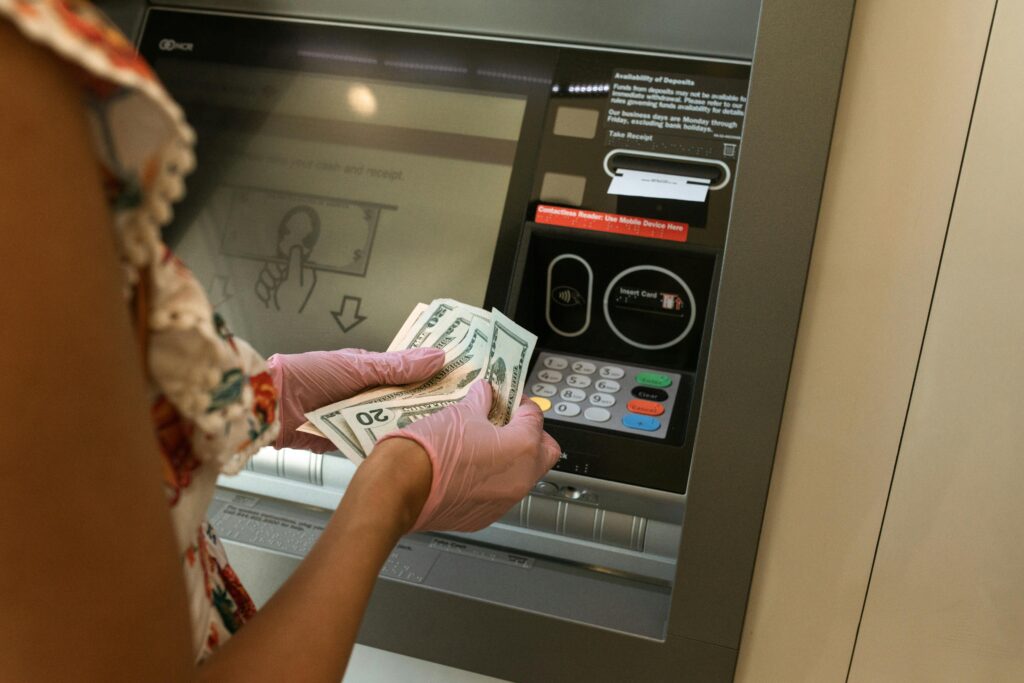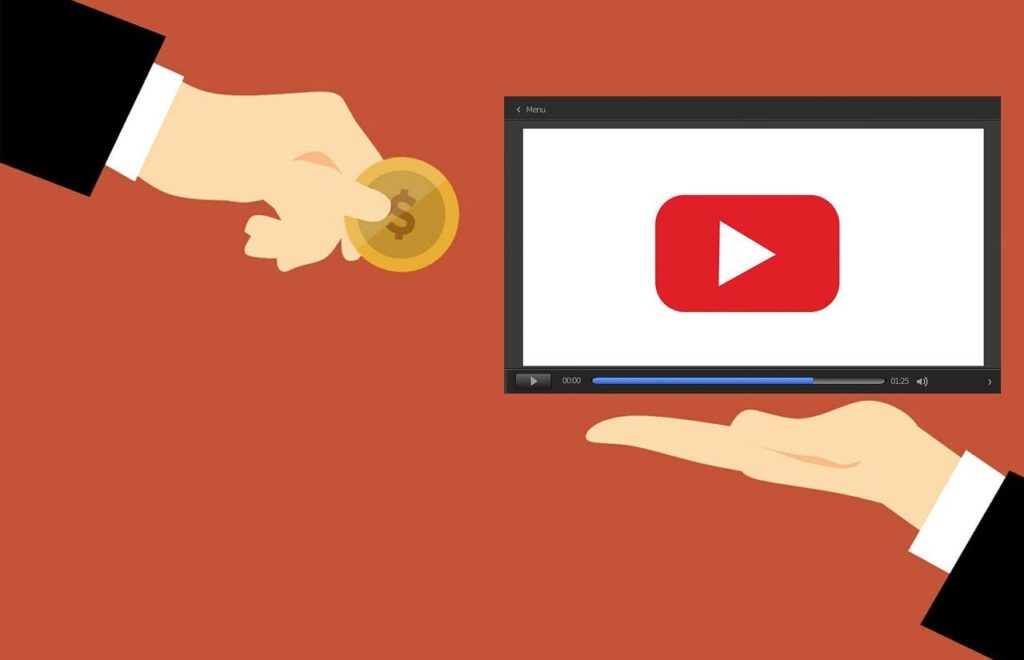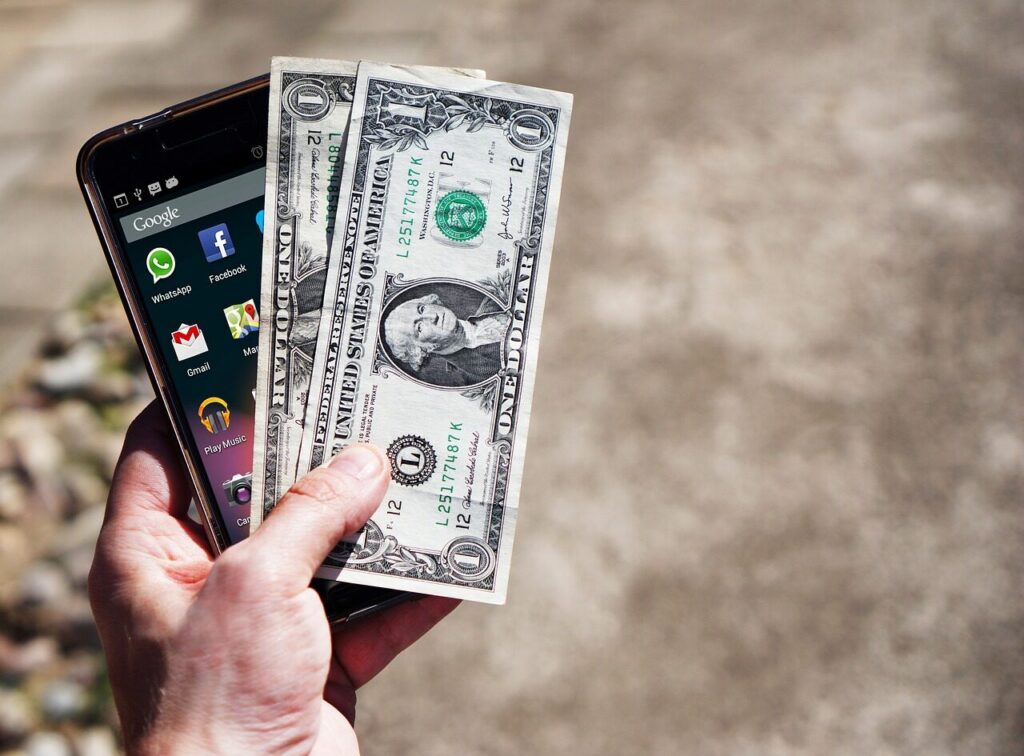Modern convenience often hides an inconvenient truth: many everyday services come with hidden costs that quietly drain our wallets. Whether it’s online shopping, travel, or basic utilities, Americans are paying far more than they realize. These sneaky add-ons may seem small, but collectively they can have a real financial impact. By spotting and understanding where these hidden fees come from, you can make smarter decisions and keep more of your hard-earned money where it belongs in your pocket.
1. Bank Maintenance Fees

Decades ago, banks were built to safeguard savings without extra costs, but those days are gone. Many US banks now charge monthly maintenance fees ranging from $10 to $25 if your balance drops below a set limit. Some also add charges for paper statements or inactivity. Avoiding them can be as simple as opting for direct deposit, maintaining a minimum balance, or switching to an online bank. These small recurring fees may look harmless, but can easily total hundreds annually if left unchecked.
2. ATM Withdrawal Charges

ATMs were designed to offer 24/7 convenience, but in recent years, they’ve become a quiet profit stream for banks. Out-of-network ATM fees in the U.S. average around $4.73 per transaction, combining both the machine owner’s charge and your bank’s fee. Using these machines even a few times a month can cost you over $100 annually. To cut down on fees, locate surcharge-free networks or withdraw larger amounts less often. Many credit unions and online banks reimburse ATM costs, a small perk that can lead to meaningful savings over time.
3. Credit Card Late Payment Fees

Since credit cards became mainstream in the mid-1900s, they’ve helped millions manage spending, but missing a payment can hurt. Late payment fees in the US can range from $30 to $41, plus rising interest on unpaid balances. Even one late cycle can damage your credit score, making future borrowing more expensive. Setting up auto-pay, calendar reminders, or text alerts can prevent this. Paying on time not only saves money but also protects your long-term financial reputation.
4. Subscription Auto-Renewals

From streaming services to software, subscription culture dominates American life. Many users forget about free trials that quietly renew into paid plans. Netflix, Spotify, cloud storage, or even online magazines may charge you monthly without notice. Reviewing your bank statements or using apps that track subscriptions can help cut unwanted expenses. Cancel unused services and turn off auto-renewal. Staying aware of where your money goes ensures convenience doesn’t turn into costly complacency.
5. Hotel Resort and Service Fees

Resort and amenity fees, first introduced in the 1990s, have become a major frustration for travelers. Hotels often advertise low nightly rates but later tack on $25-$60 per night for “amenities” like gym access, pool towels, or Wi-Fi, even if you never use them. Cities like Las Vegas and Orlando are infamous for such charges. To avoid surprises, always confirm total pricing before booking and check reviews for fee transparency. Using loyalty memberships or booking directly with the hotel can sometimes waive these costs, saving you money on your next getaway.
6. Delivery App Convenience Fees

The explosion of food delivery services like DoorDash, Grubhub, and Uber Eats has made eating out easier than ever, but also more expensive. Beyond delivery and tip, apps often add “service,” “regulatory,” and “small order” fees. A $20 meal can easily jump to $35 by checkout. To cut back, pick up orders yourself, compare platforms, or order directly from restaurants that offer better deals. Even small choices, like opting for local delivery, can add up to significant yearly savings without sacrificing convenience or your favorite food.
7. Airline Baggage and Seat Fees

Since 2008, U.S. airlines have turned optional services into revenue streams, charging separately for checked luggage, seat selection, and meals. What used to be standard now costs extra, with checked bags averaging $35 each and seat upgrades ranging from $15 to over $100. Some budget carriers even charge for carry-ons. To minimize costs, pack efficiently, join loyalty programs, or book with cards that include travel perks. Understanding fee structures before you buy helps you budget realistically and keeps your “cheap flight” from becoming unexpectedly pricey.
8. Utility Connection and Processing Charges

When setting up utilities like internet, water, or electricity, first bills often include mysterious “activation” or “processing” fees. These charges, typically $20 to $100, are justified as setup costs but rarely reflect actual labor or service. Some internet providers also sneak in router rental or service protection fees. Negotiating with your provider or purchasing your own equipment can reduce costs. Always review your initial bill carefully and ask for a breakdown. You may find opportunities to challenge or remove unnecessary extras hidden in the fine print.
9. Event Ticket Service Fees

Buying tickets to concerts or sporting events online often comes with a shock at checkout. Ticketing giants like Ticketmaster and StubHub regularly add 10-25% in “service” and “processing” fees. A $100 seat can end up costing $130 or more. These markups are often disclosed only after you’ve entered payment details. To save, buy directly from box offices or verified resale platforms that offer transparent pricing. Hidden ticket fees can’t always be avoided, but with smart timing and research, you can enjoy your favorite shows without overspending.
10. Gym Enrollment and Cancellation Fees

American gyms often lure members with low monthly rates but bury steep one-time enrollment or cancellation fees in the contract. Some also charge annual maintenance fees disguised as “equipment upkeep.” If you decide to cancel early, you might face penalties equal to months of dues. Always read contracts carefully, ask for flexible membership options, and get all terms in writing. Some gyms waive signup costs during promotions, so timing your enrollment can save you hundreds while still supporting your health goals affordably.
11. Mobile Roaming and Data Overages

Exceeding your mobile plan’s data limit or traveling without a roaming package can be painfully costly. Carriers like Verizon and AT&T may charge $10 per extra gigabyte or apply daily international roaming fees exceeding $15. Even background apps can eat through your allowance. To avoid surprises, monitor your data usage through your provider’s app, disable auto-updates, and connect to Wi-Fi when possible. Planning ahead with travel or family data plans ensures you stay connected without unnecessary expenses creeping onto your monthly bill.
12. E-commerce Packaging and Handling Fees

Online shopping has redefined convenience, but retailers increasingly include subtle “handling” or “sustainability” fees at checkout. These costs, often 2-6% of your order, are marketed as covering packaging or environmental measures but largely pad profits. Ordering multiple items together, hitting free-shipping minimums, or buying directly from brand websites can minimize them. Always check the final breakdown before confirming your purchase. Those small percentages may seem harmless individually, yet over a year, they quietly transform bargains into budget busters.
Comments